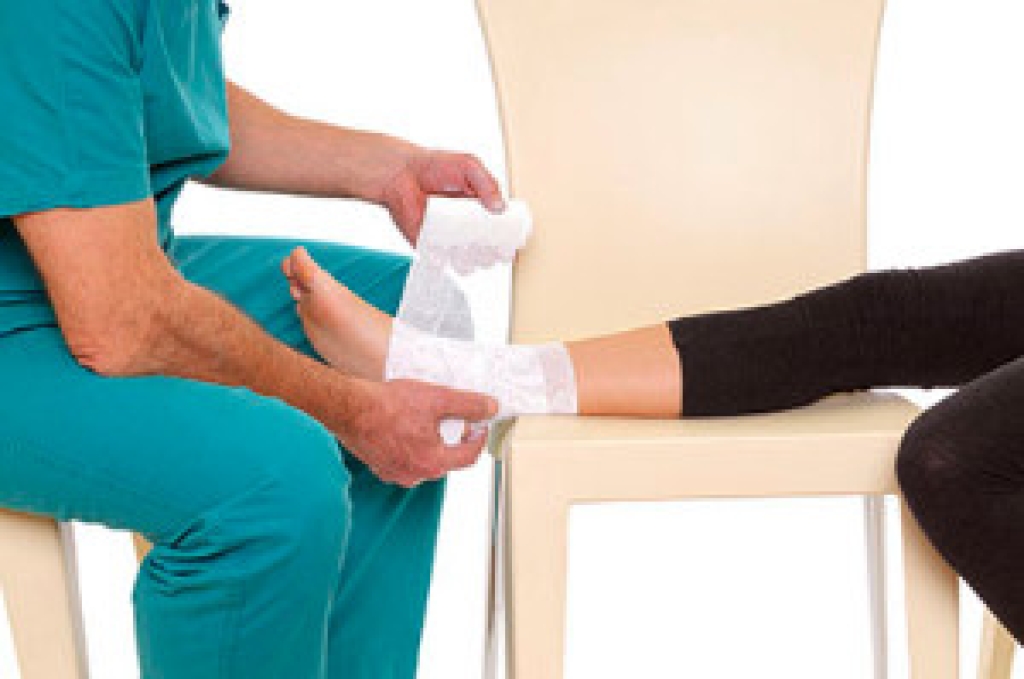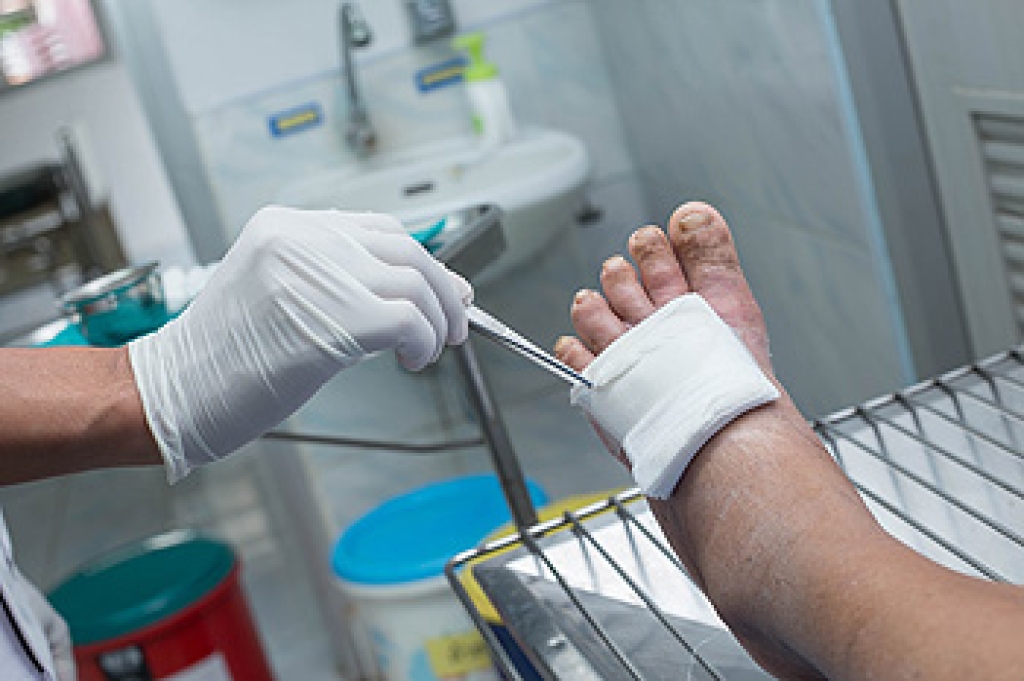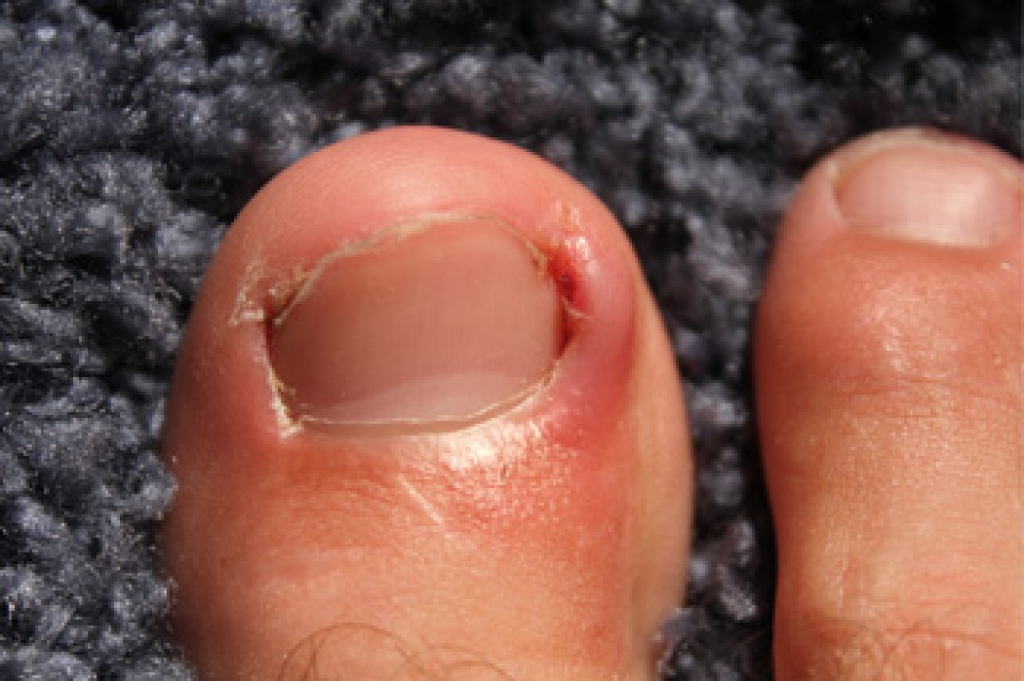 There are several reasons why ankle pain can exist. Many patients experience an ankle sprain, which occurs when the ligaments become injured. The function of the ligaments is to connect the bones in the ankle together, and if they should become torn or stretched, an ankle sprain may result. This can be caused by unexpectedly stepping off of a curb, or twisting the foot, and it is typically followed by severe pain and discomfort. Arthritis is a common ailment, and if it affects the feet, it may be difficult to walk. Some of the symptoms that are associated with this are pain and stiffness in the ankle joints, and many people notice a limited range of motion. The medical term that is known as flat feet may also lead to ankle pain. This may be a result of a lack or absence of an arch in the foot. If you have any type of ankle pain, it is strongly advised that you seek the counsel of a podiatrist, who can diagnosis and treat this type of injury.
There are several reasons why ankle pain can exist. Many patients experience an ankle sprain, which occurs when the ligaments become injured. The function of the ligaments is to connect the bones in the ankle together, and if they should become torn or stretched, an ankle sprain may result. This can be caused by unexpectedly stepping off of a curb, or twisting the foot, and it is typically followed by severe pain and discomfort. Arthritis is a common ailment, and if it affects the feet, it may be difficult to walk. Some of the symptoms that are associated with this are pain and stiffness in the ankle joints, and many people notice a limited range of motion. The medical term that is known as flat feet may also lead to ankle pain. This may be a result of a lack or absence of an arch in the foot. If you have any type of ankle pain, it is strongly advised that you seek the counsel of a podiatrist, who can diagnosis and treat this type of injury.
Ankle pain can have many different causes and the pain may potentially be serious. If you have ankle pain, consult with one of our podiatrists from APEX Foot & Ankle Center. Our doctors will assess your condition and provide you with quality foot and ankle treatment.
Ankle pain is any condition that causes pain in the ankle. Due to the fact that the ankle consists of tendons, muscles, bones, and ligaments, ankle pain can come from a number of different conditions.
Causes
The most common causes of ankle pain include:
- Types of arthritis (rheumatoid, osteoarthritis, and gout)
- Ankle sprains
- Broken ankles
- Achilles tendinitis
- Achilles tendon rupture
- Stress fractures
- Tarsal tunnel syndrome
- Plantar fasciitis
Symptoms
Symptoms of ankle injury vary based upon the condition. Pain may include general pain and discomfort, swelling, aching, redness, bruising, burning or stabbing sensations, and/or loss of sensation.
Diagnosis
Due to the wide variety of potential causes of ankle pain, podiatrists will utilize a number of different methods to properly diagnose ankle pain. This can include asking for personal and family medical histories and of any recent injuries. Further diagnosis may include sensation tests, a physical examination, and potentially x-rays or other imaging tests.
Treatment
Just as the range of causes varies widely, so do treatments. Some more common treatments are rest, ice packs, keeping pressure off the foot, orthotics and braces, medication for inflammation and pain, and surgery.
If you have any questions please feel free to contact our offices located in Fort Myers, Shellpoint, and Naples, FL . We offer the newest diagnostic tools and technology to treat your foot and ankle needs.




